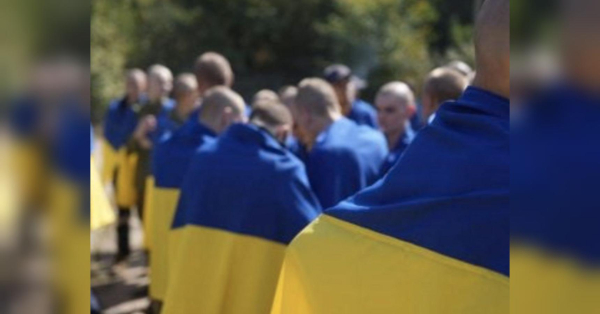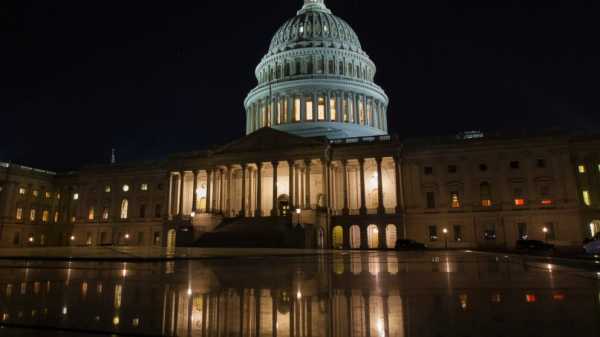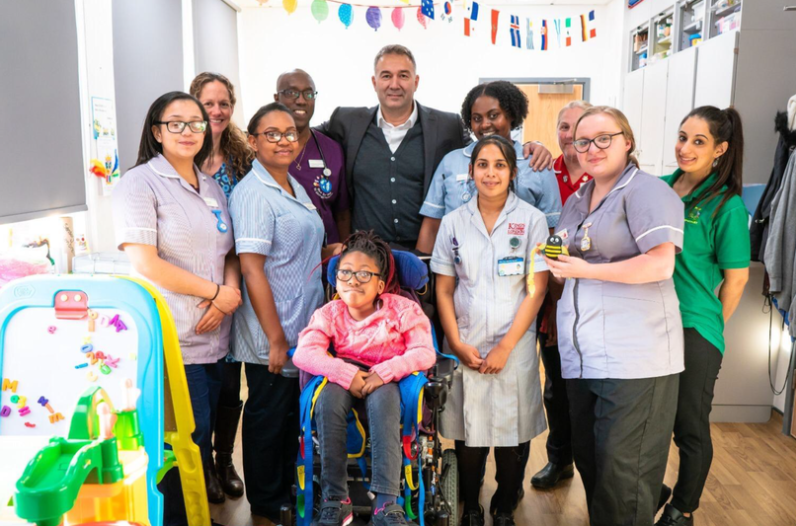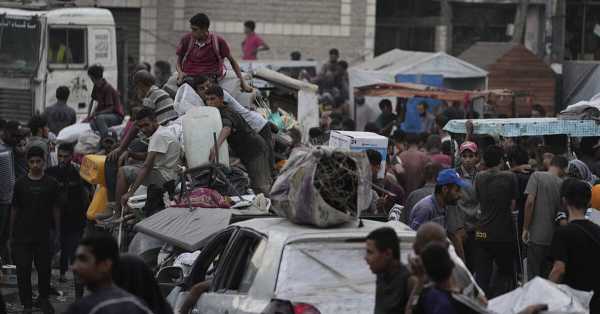
A twin attack on a Gaza medical facility that killed 20 people was said by the Israeli army to have been intended to destroy Hamas's CCTV system.
However, eyewitness accounts and medical reports indicate that the first hit killed a Reuters cameraman who was broadcasting live from the scene.
On Tuesday, the military released preliminary results of its investigation into the incident, without immediately explaining the reasons for the second strike or providing evidence of the six militants killed, two of whom, according to their organizations, were a hospital employee and an emergency services driver.
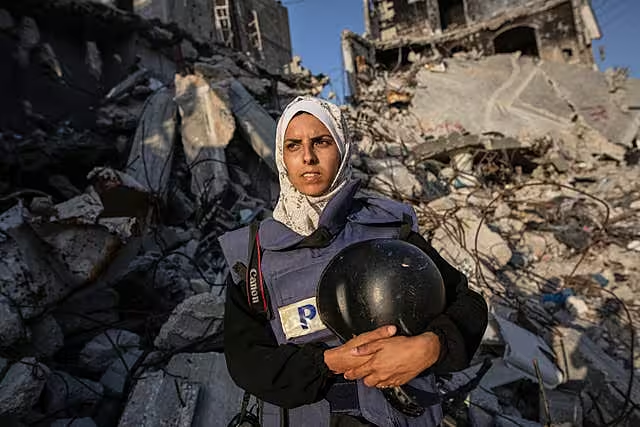
Five media representatives also fell victim.
The army explained that the decision to carry out two consecutive attacks on the largest hospital in southern Gaza was made after allegations that militants were using a camera to monitor military facilities.
However, this version does not appear to be consistent with the chronology of events during the attack on Nasser Hospital on Monday.
A senior Hamas official has denied allegations that the hospital is being monitored by CCTV.
“If such claims are true, there are alternative methods to neutralize the equipment without using tank shelling against medical facilities,” Bassem Naim, a member of the group's political bureau, told the AP in a phone call.
The initial explosion occurred on the upper level of one of the hospital buildings.
Fellow journalists and hospital staff confirmed the death of Reuters cameraman Hussam al-Masri while filming at the scene of the first blast.
According to the administration of the medical facility, another person, whose identity remains unknown, also died as a result of the first strike.
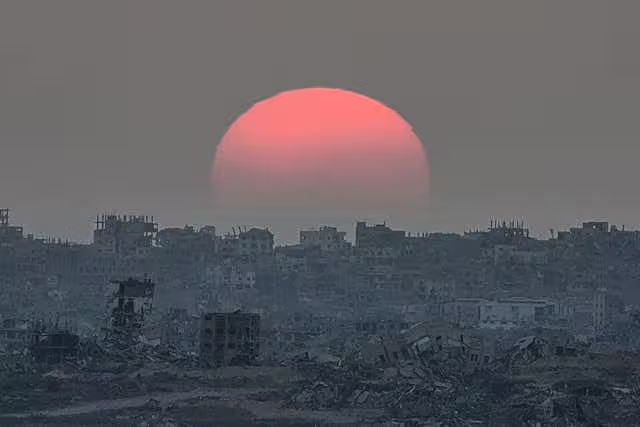
After the first explosion, medical staff, journalists and relatives of patients rushed up the outside stairs to the scene.
Photographs show at least 16 people on the landing trying to help the wounded.
Among them were four men in orange lifeguard vests. No armed persons were recorded.
Video footage from Al-Ghad TV captured the moment the second strike occurred, accompanied by a loud roar and a cloud of smoke that enveloped people on the stairs.
The second attack resulted in 18 deaths, the hospital said.
The military did not explain the reasons for the second shelling or the methods for identifying militants in a crowd of people.
The official statement followed a preliminary investigation into the incident, which Israeli Prime Minister Benjamin Netanyahu called a “tragic accident.”
Among the six killed, declared by Israel to be militants, are Jumaa al-Najjar, an employee of Nasser Hospital, and Imad al-Shaar, a driver for the Gaza Civil Defense, which operates under the control of Hamas' Interior Ministry, according to the institution and a list of casualties from the hospital.
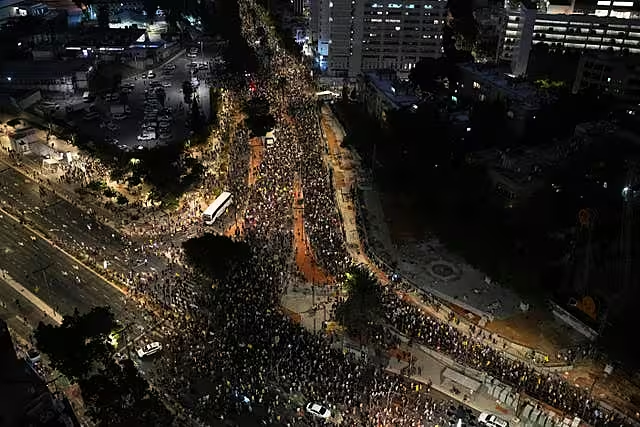
Without providing evidence, Israel has previously declared Hamas-run emergency services workers to be legitimate targets, including in March when 15 medical workers were killed in a shooting attack on ambulances in southern Gaza.
The chief of the General Staff acknowledged the existence of “gaps” in the investigation, including the question of the type of ammunition used to destroy the camera.
– Human rights activists condemn double blow to hospital
The investigation's initial findings come amid international condemnation and unresolved issues following criticism from world leaders and human rights groups.
“The deaths of journalists in Gaza must provoke a global response,” said UN Human Rights Office spokesman Tamin Al-Hitan.
“Not silent shock, but active demands for responsibility and justice.”
Among the dead journalists was Mariam Dagga, who worked for the Associated Press and other publications.
The Israel-Hamas conflict has become one of the deadliest for the media: according to the Committee to Protect Journalists, 189 Palestinian reporters have been killed in Israeli attacks in 22 months of fighting in Gaza.
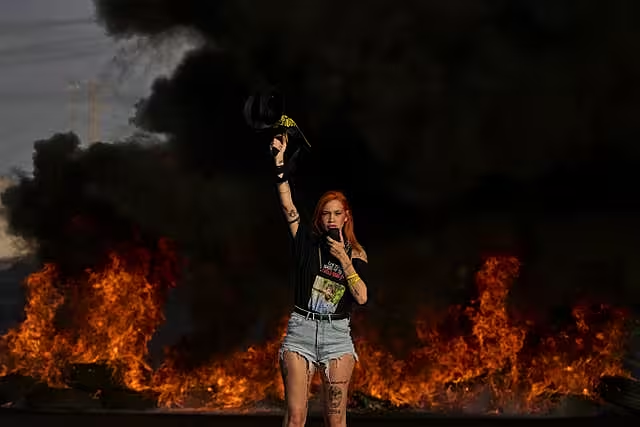
Lt. Col. Nadav Shoshani, an army spokesman, said there was no suspicion that the dead journalists had any links to armed groups and denied that they had been targeted.
The Israeli military said it was conducting an internal investigation into the chain of command that authorized the attack.
An anonymous source in the military department reported that both attacks on the hospital were carried out by tank shells.
Similar “double strikes,” previously used in conflicts in Ukraine and Syria, have been criticized for harming civilians and rescue workers.
International law prohibits attacks on medical facilities. An exception is possible only in the case of military use of objects, in compliance with the principle of proportionality and precautions.
– Protests in Israel against plans to attack Gaza City
Earlier on Tuesday, Israeli protesters blocked roads with burning tires, demanding a ceasefire to free hostages as authorities pressed ahead with plans for a military operation in Gaza City to eliminate Hamas.
Meanwhile, Palestinians in the Strip are bracing for a possible escalation of the conflict, facing massive displacement, destruction and a food crisis.
Netanyahu held a security cabinet meeting on Tuesday evening, but limited himself to general statements in his subsequent speech in Jerusalem.
“It started in Gaza and it will end here,” the politician said.
“We will destroy these monsters. We will free all the hostages. We will ensure that Gaza will no longer be a threat to Israel.”
Netanyahu has announced plans to launch an operation in Gaza City in parallel with ceasefire talks, although the official Israeli delegation is not yet involved in discussing the proposals.
Sourse: breakingnews.ie

